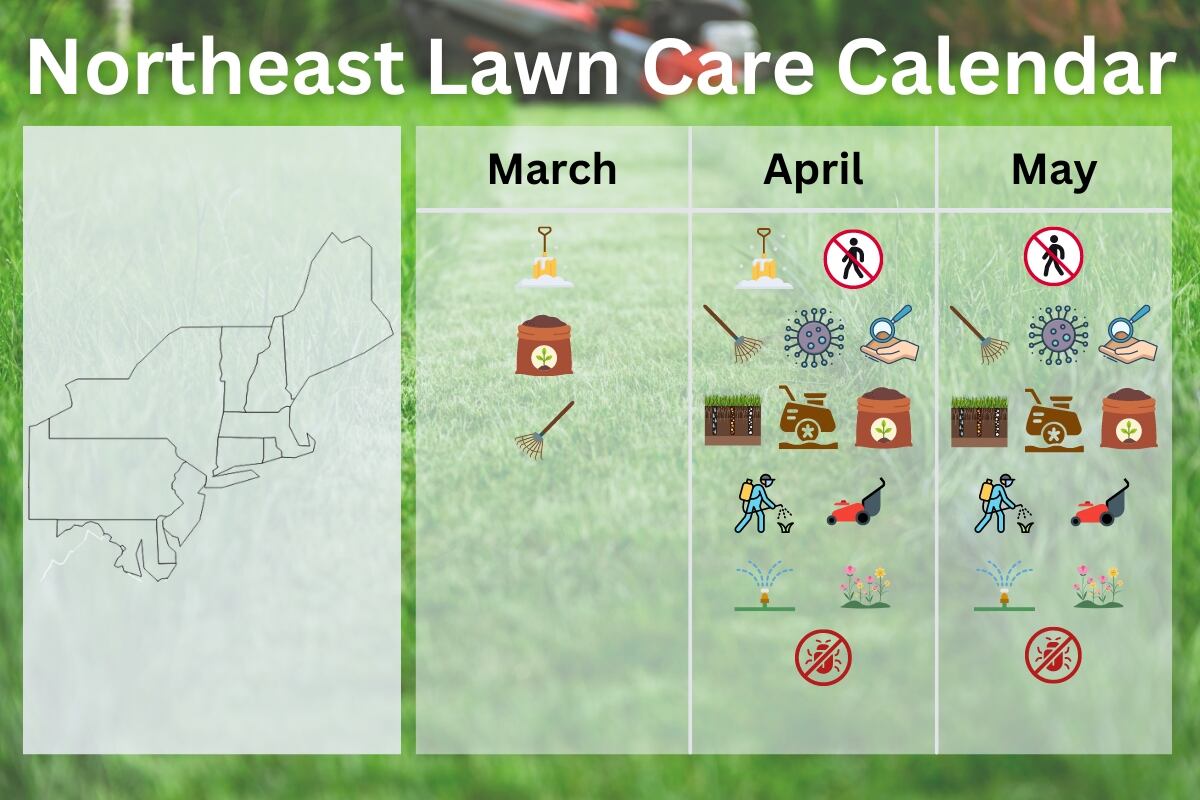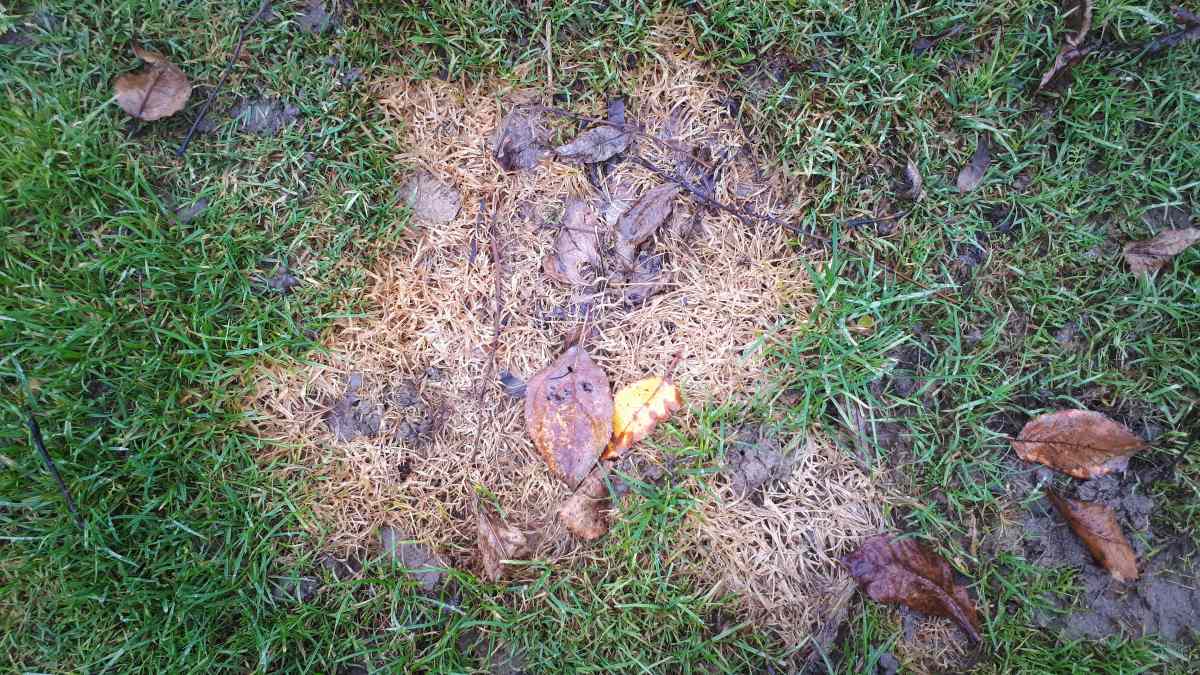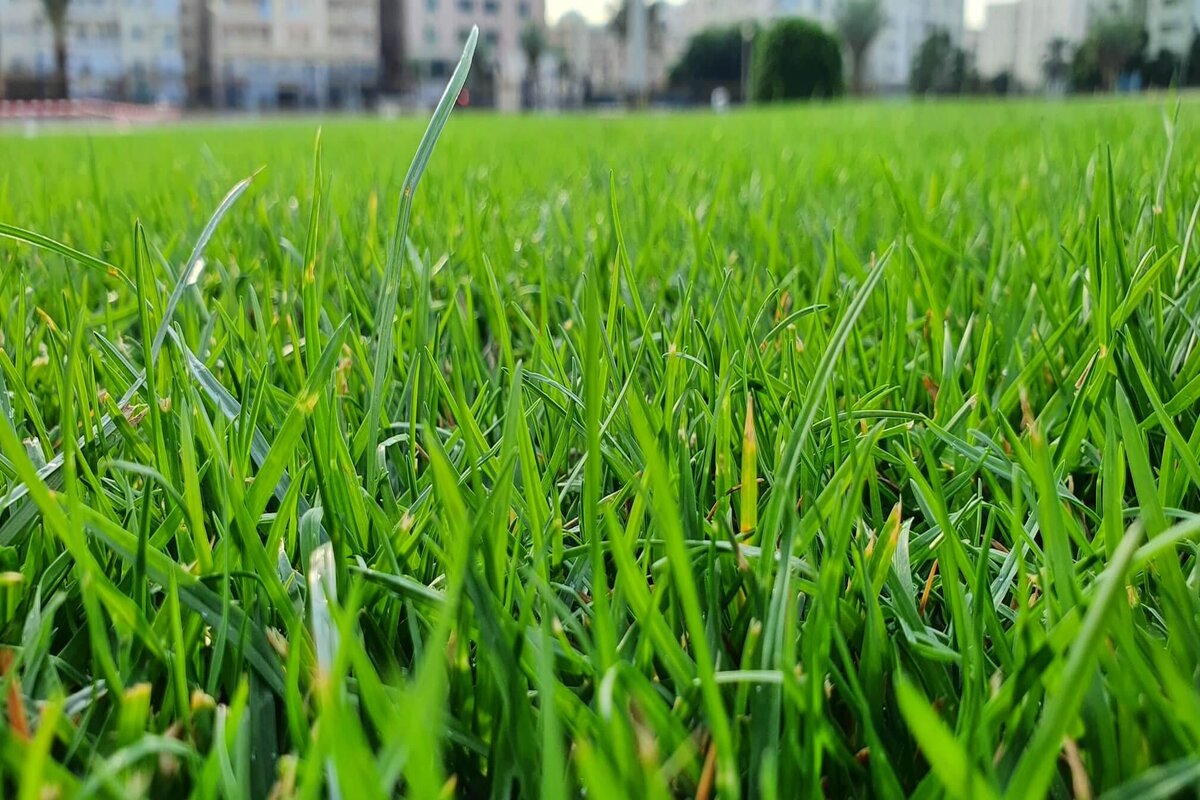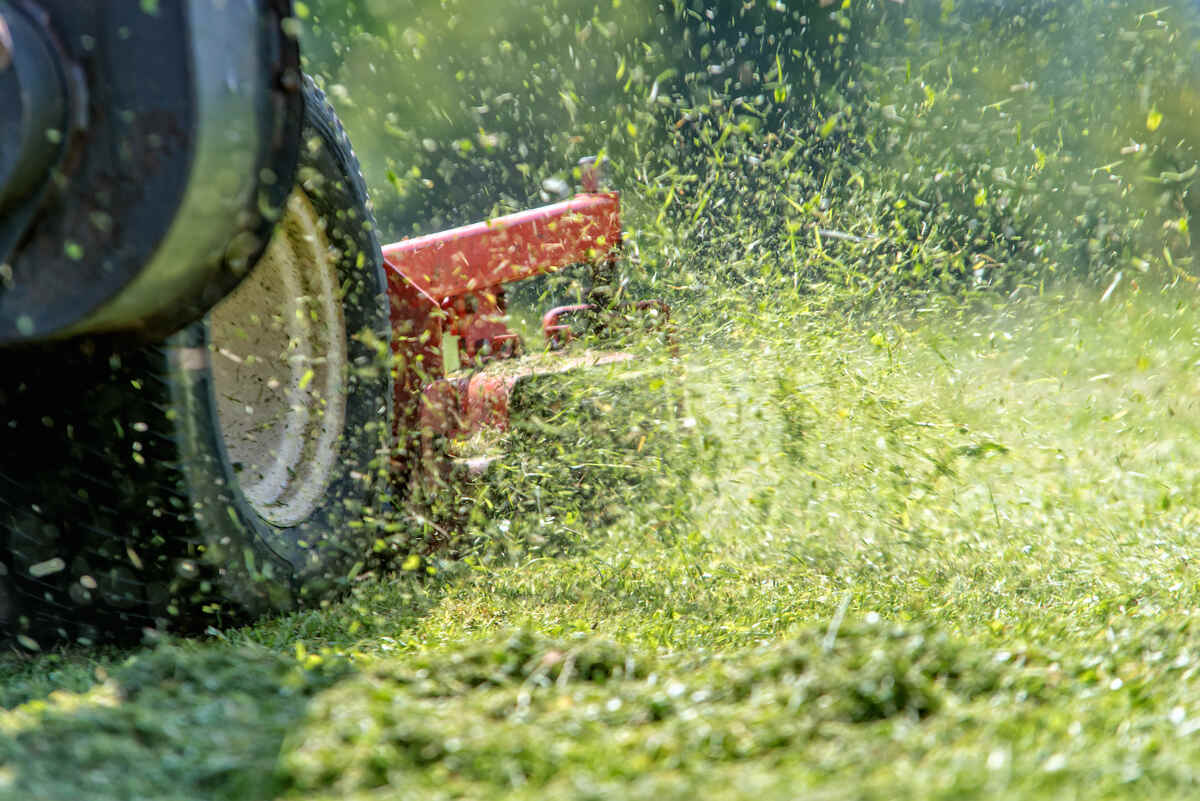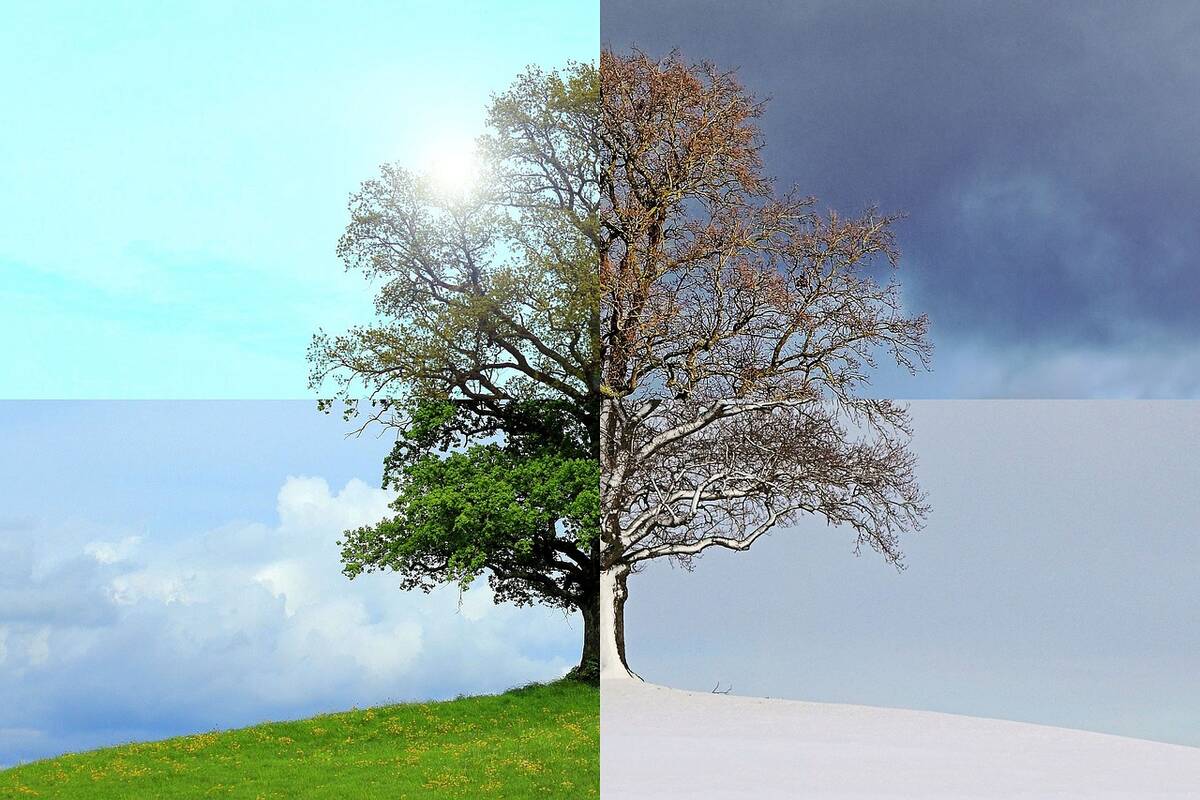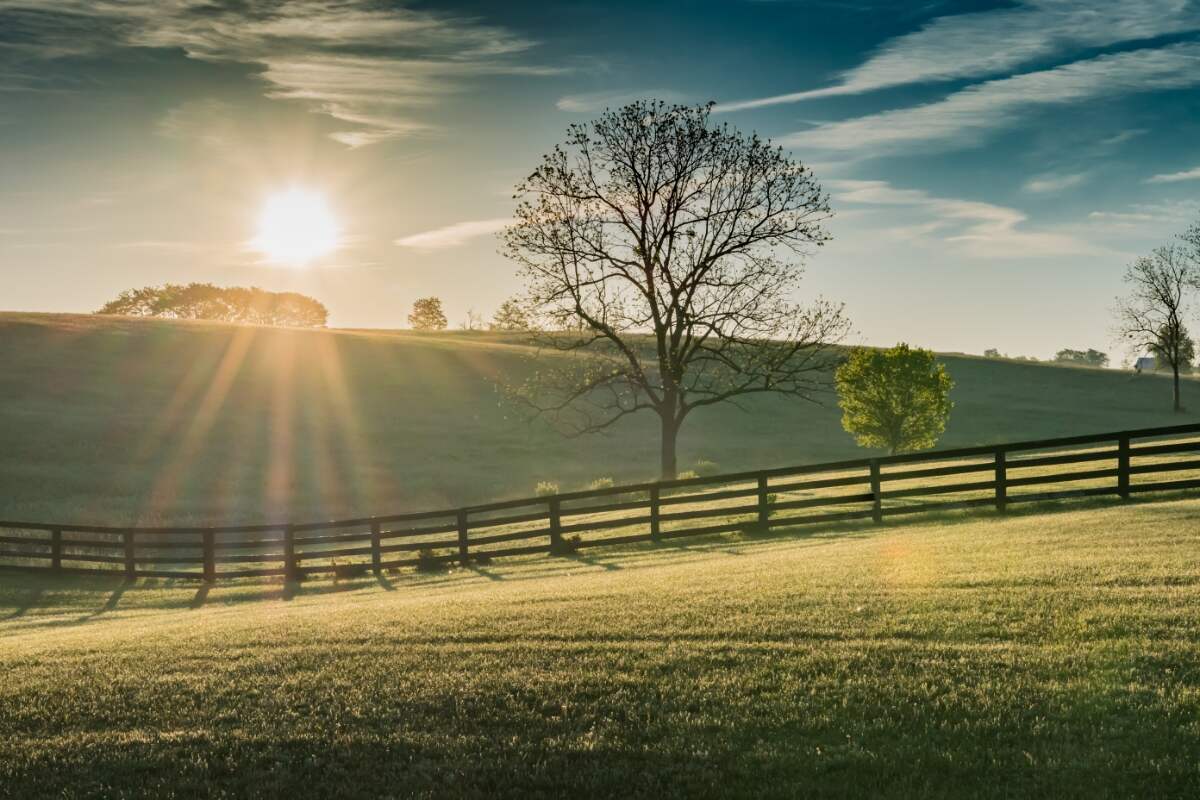
Everyone wants a great lawn, but it’s actually fairly difficult to get there. There’s quite a bit of ‘industry knowledge’ to soak up, but if you unlock even a little bit of it you’ll be better off than most DIY landscapers. First thing’s first: what type of grass do you (and should you) have? Well, if you’re in DC, Maryland or Virginia, then we can narrow that down to a few types of grass.
Northern Virginia Grass Types
First off, Northern Virginia is known as a a “transition zone,” meaning we have both cold winters and hot, dry summers. This makes growing turfgrass exceedingly complicated. This means that both warm season grasses and cool season grasses can grow here, but in varying degrees. However, for the sake of simplicity, we’ll outline cool season grasses in this article. It is quite a bit easier to base a lawn in Virginia with cool season grasses because they are resilient enough to last each season (though often go dormant during hot summers). Here are a few different types and how to identify them:
1. Tall fescue
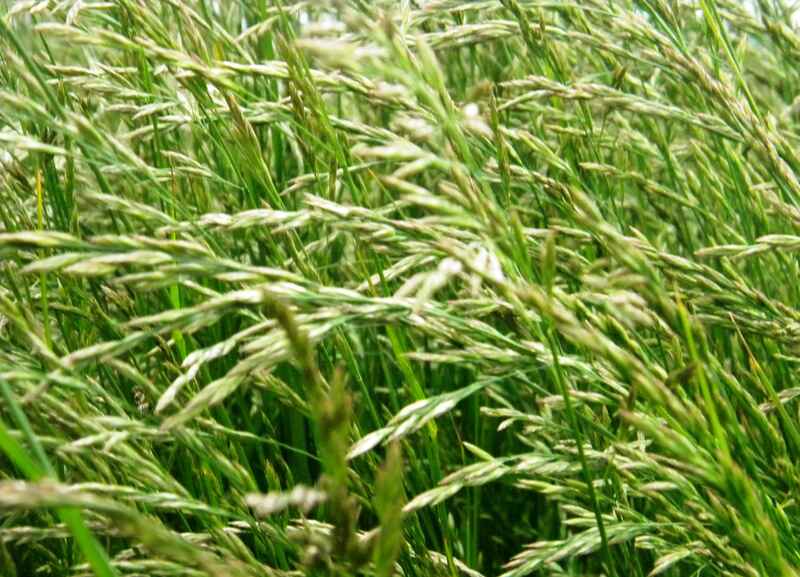
With over are over 100 cultivars, Tall fescue is the best adapted turfgrass for Northern Virginia lawns. Because it has the deepest root system of the cool season grasses, tall fescue uses water from deeper in the soil profile to resist drought.
How to identify: The leaves of tall fescue are rolled in the bud. The auricles are absent and the sheaths are reddish-pink below ground level and are not compressed.
Grass Seed Options:
– Triple-Play Tall Fescue Grass Seed Blend (5000 sq ft)
– Eretz Kentucky 31 K31 Tall Fescue Grass Seed (choose your size)
– Pennington The Rebels Tall Fescue Grass Seed Mix (7 lb.)
2. Kentucky bluegrass
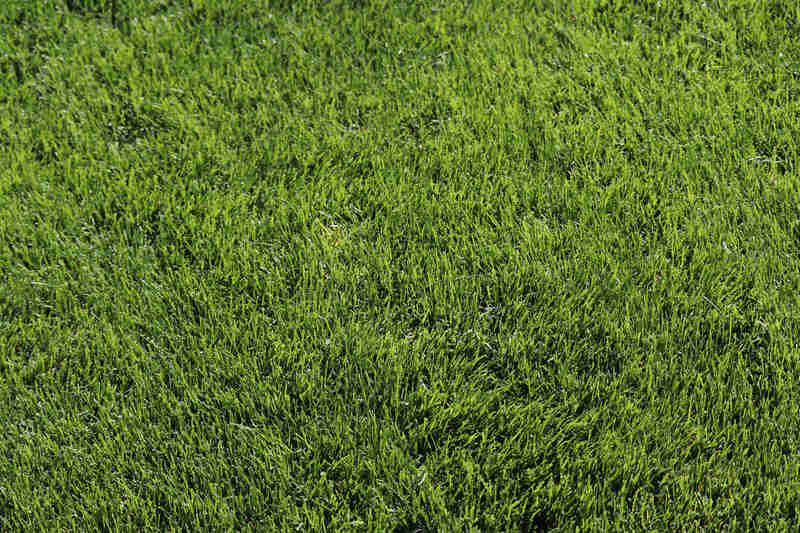
Kentucky bluegrass, one of the most popular grasses in America, is a beautiful and time-consuming turfgrass. Due to its high maintenance requirement, homeowners with Kentucky Bluegrass need to meticulously fertilize their lawn or risk the turf diseases of dollar spot, red thread, and rust.
How to identify: Kentucky bluegrass is deep green/blue in color, so that is often enough to distinguish it. The leaves are also fine to medium, and the edges of the leaf blades form into a “boat-shaped” tip.
Grass Seed Options:
– Jonathan Green (11970) Blue Panther Kentucky Bluegrass Grass Seed (3 lbs.)
– SeedRanch Midnight Kentucky Bluegrass Seed (5 lbs.)
– Jacklin Seed – Biltmore Blue Blend – 100% Kentucky Bluegrass (5 lbs.)
3. Fine-leaf fescues
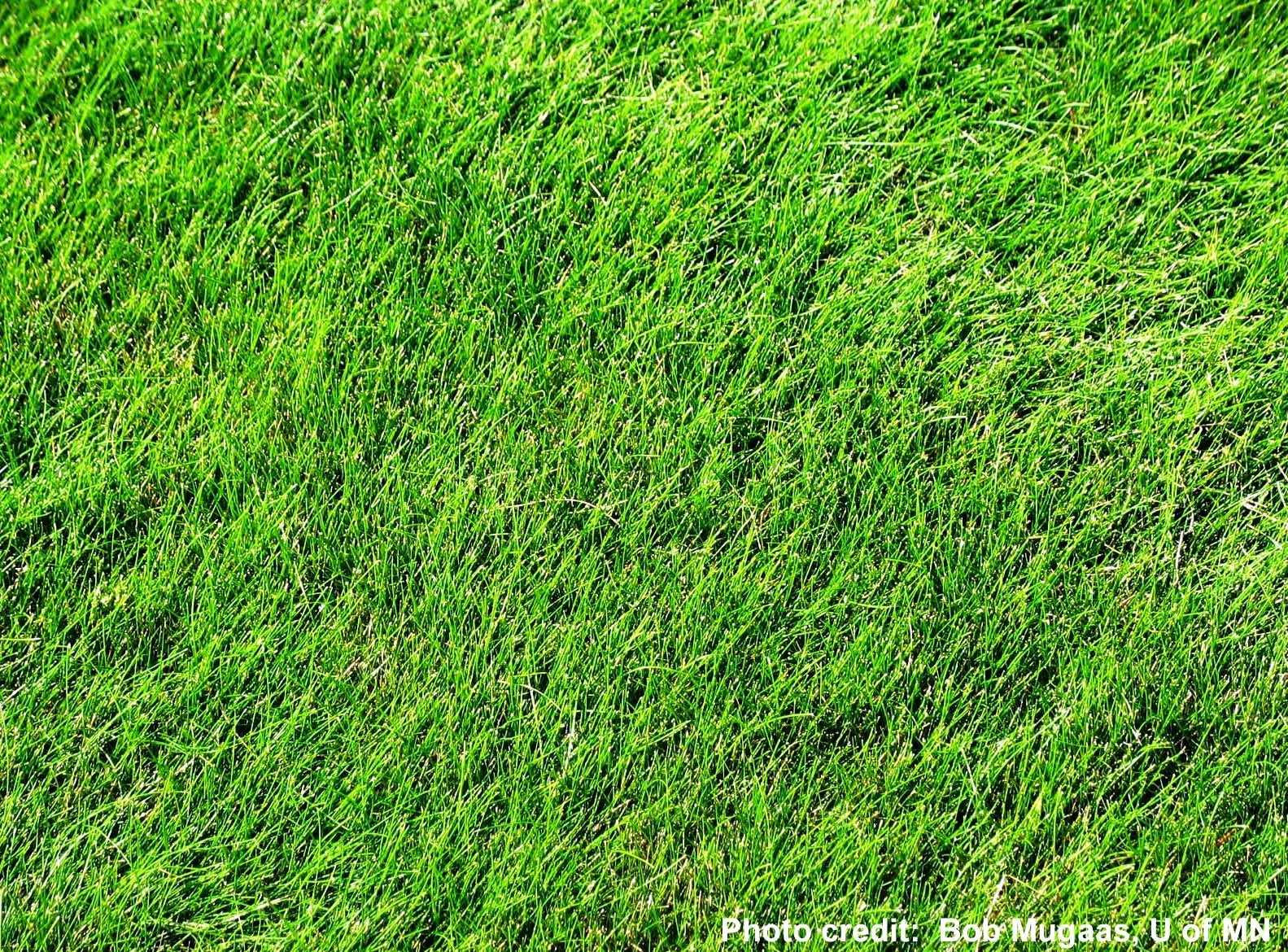
Fine-leaf fescues are well adapted to the Valley and Ridge and northern Piedmont regions of Virginia but are actually pretty under-utilized. According to the Virginia Cooperative Extension, “people either love or hate fine fescues because of their needle-like leaf texture. However, these grasses (broken down into species such as creeping red, hard, or chewings fescues) provide some of the highest quality, low maintenance cool-season turf possible.”
How to identify: Fine-leaf fescue has, well, very fine leaves. This is a very distinct grass type in that the blades are almost needle-like.
Grass Seed Options:
– Outsidepride Legacy Fine Fescue Grass Seed (5 lbs.)
– Eretz Creeping Red Fine Fescue Seed (choose your size)
– Outsidepride Creeping Red Fine Fescue Grass Seed (25 lbs.)
– Outsidepride Hard Fine Fescue Grass Seed (10 lbs.)
4. Perennial ryegrass
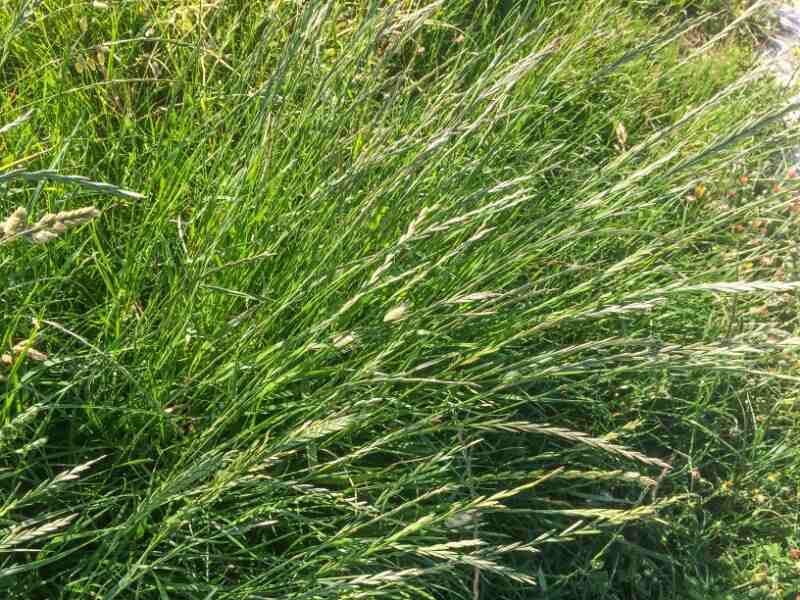
Though this grass type fell out of favor with Virginia homeowners in the 1990s, it has recently experience a resurgence due to its greatly improved resistance to gray leaf spot disease. It is one of the fastest germinating seeds, and has high wear tolerance. However, its heat and drought tolerance is fairly low so it can get pretty patchy during hot summers. Overall, it’s a great grass type that can work alone or as a mixture.
How to identify: Ryegrass is rich green in color and fine in texture. Its leaf is folded in the bud, the leaf margins are parallel, the back of the leaf is shiny.
Grass Seed Options:
– Outsidepride Perennial Ryegrass Seed (5 lbs.)
– Eretz ProTurf Perennial Ryegrass Fine Lawn Seed (choose your size)
LawnStarter participates in the Amazon Services LLC Associates Program, an affiliate advertising program. LawnStarter earns revenue from products promoted in this article.
Main Photo Credit: KellyvanDellen / Canva Pro / License
